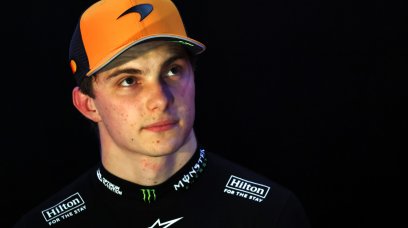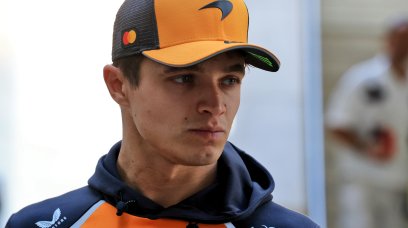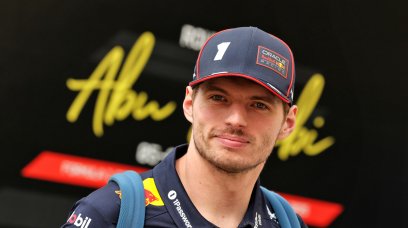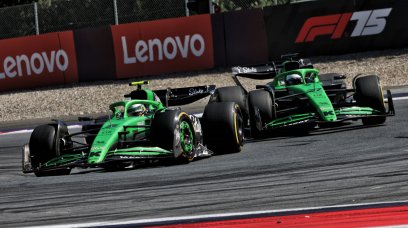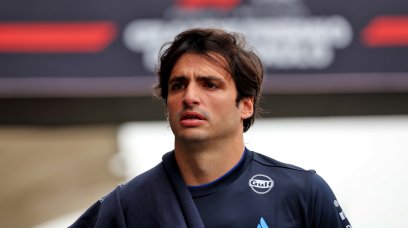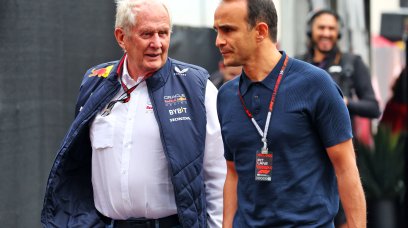Ferrari aerodynamicist Enrico Cardile has expressed concerns that Formula 1's new 2022 regulations may not offer fans the wheel-to-wheel racing promised to them. It may only have been a little over two months since Max Verstappen's last-lap pass on Lewis Hamilton secured him the 2021 World Championship crown, but the 2022 season is now fast approaching as cars prepare to return to the track in Barcelona this week. All 10 teams will take part in a three-day testing event at Circuit de Barcelona-Catalunya as fans wait to learn who has made the most of what is possibly the biggest-ever overhaul of the sport's technical rules. The new rules look to promote closer racing, eliminating much of the dirty air that has made F1 cars so difficult to follow and overtake over recent years.
Ferrari wonder if F1's new regulations will play out as planned
And while F1 is confident that the vast majority of that dirty air has been cleaned up by the new regulations, Cardile and Ferrari are concerned that a number of other factors in the new rule book could leave drivers still struggling to catch and overtake their rivals. "This generation of vehicles will be heavier, they will have very rigid trims, and the downforce is very different from that of the concept model presented by Formula 1," he has said. "All of these aspects do not go in the direction of facilitating track duels. "Then there are other parameters to consider: how quickly the very stringent technical rules will result in converging performance. This will be slowed down by the spending curbs imposed by the budget cap. He added: "In short, the scenario is complex and unpredictable."
Will the new 2022 cars be much slower than their 2021 precedessors?
With the weight of the season's F1 cars increasing by upwards of 40kg, Ferrari are expecting their new SF-75 and the rest of the grid's entries to be more than one second per lap slower than their 2021 counterparts. However, that deficit will vary track by track with venues such as Silverstone, Jeddah and Spa-Francorchamps expected to suit the new cars more than venues such as Monaco and the Hungaroring. "This generation of cars has a different downforce distribution from the past," explained Cardile. "There will be more force in fast corners and less force in slow ones. "In addition, there will be a minimum weight increase of over 40 kg to manage. This alone will result in a deficit of one second or more per lap. I expect these vehicles to be generally slower than those of the previous generation. "The difference will vary from track to track, depending on the combination of slow and fast corners."
Most read
